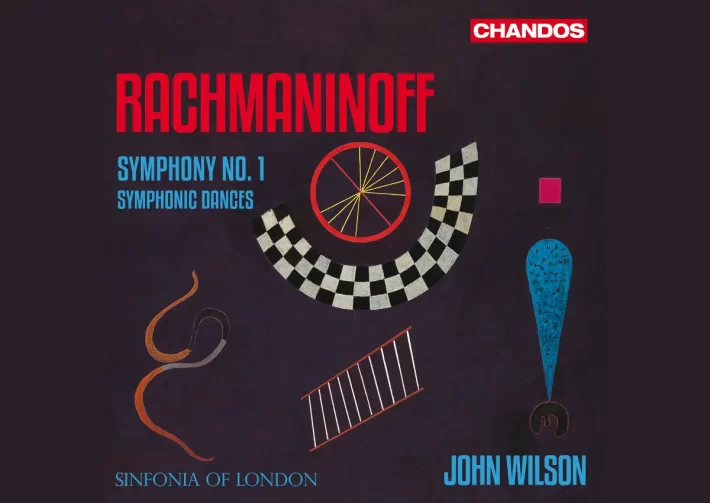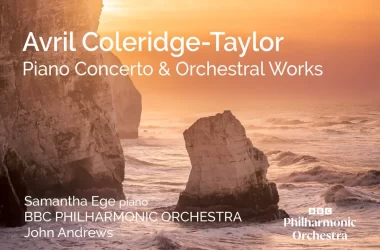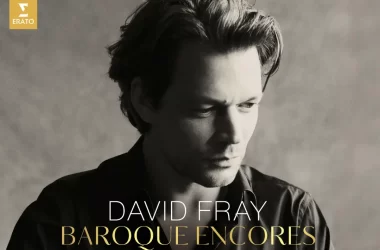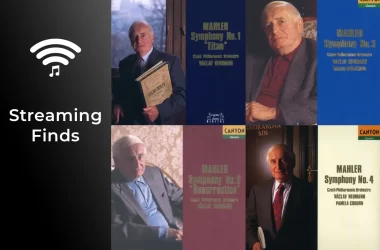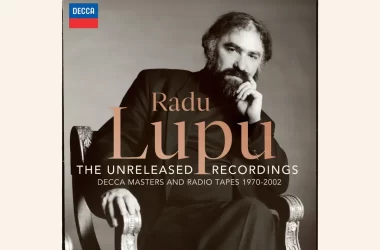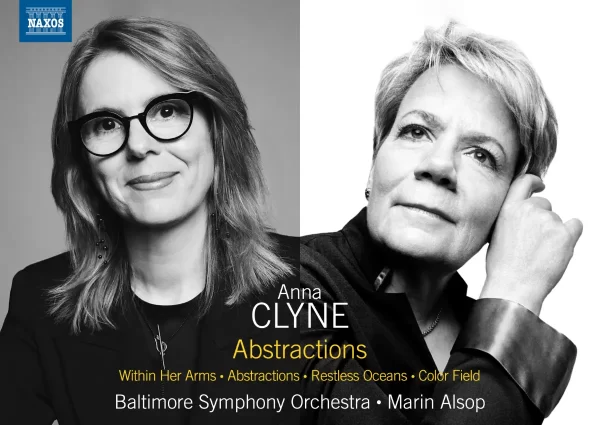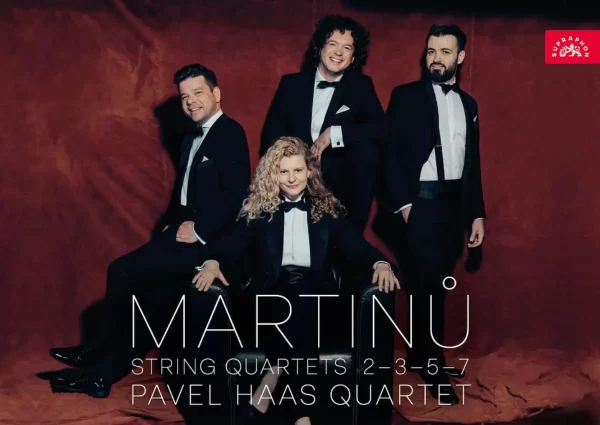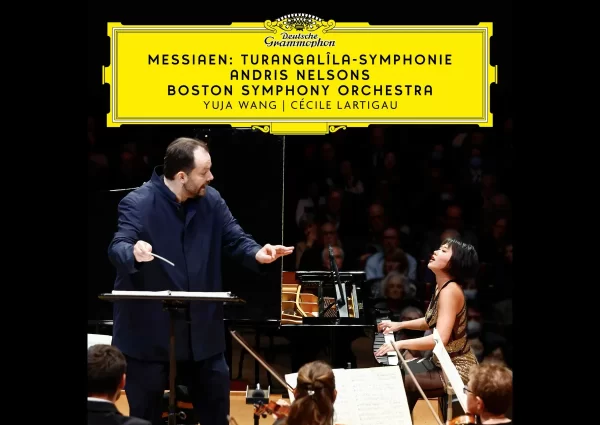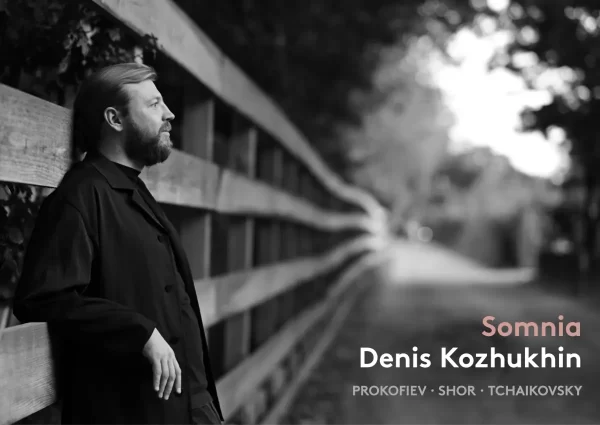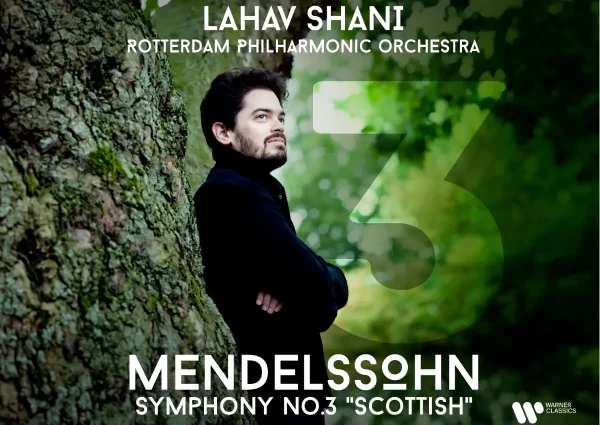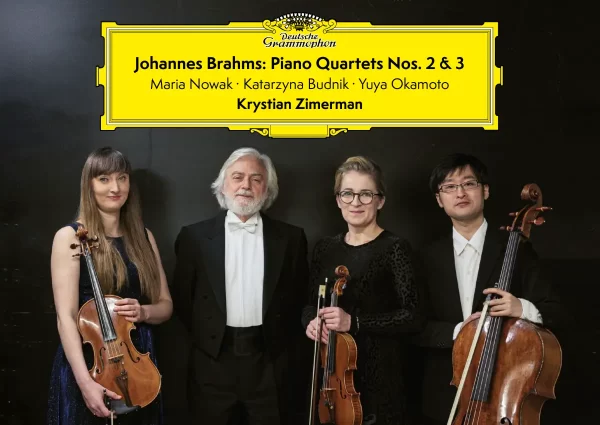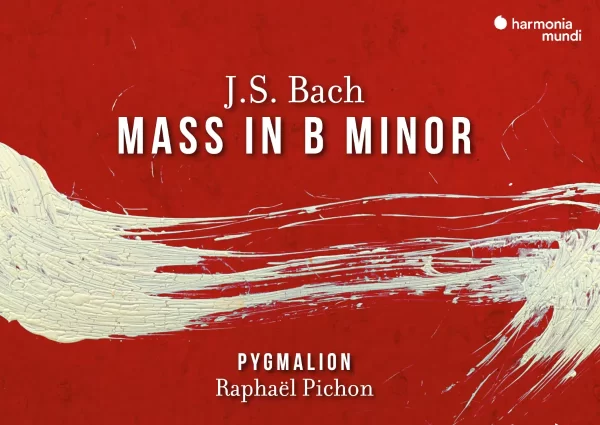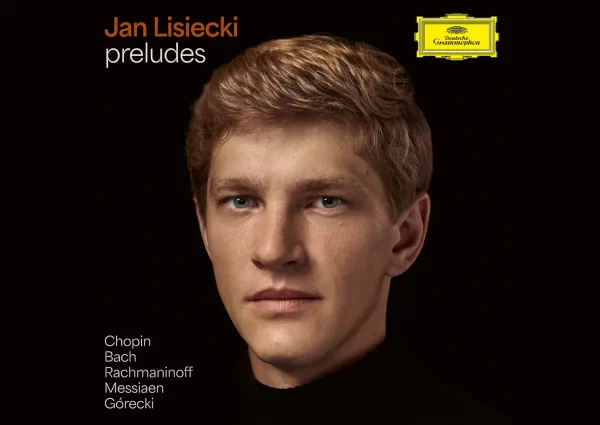This is the final release in the Sinfonia of London / John Wilson Rachmaninoff cycle. Reviewing their recording of the second symphony, my colleague Azusa Ueno argued that despite “aspects of polished musicianship (…) what’s ultimately missing is the greater sense of structure, contour, and drive.” I agree with her assessment and would contend similar issues are apparent in their performance of the third symphony, released in 2022.
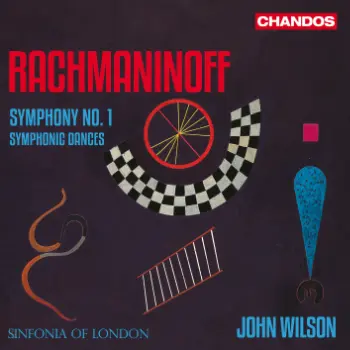
So, I was genuinely surprised by the ferocity Wilson summons in the first symphony’s opening salvo. One senses a true connection to the emotion and spirit of the music. Wilson shapes the second theme with a suppleness lacking in the earlier recordings and listen to the strings dig into the passage at 4’23”. The following fugato is driven hard, but the brass lacks the heft that makes the Ashkenazy (Decca) and Litton (Virgin/Warner Classics) so thrilling. Nevertheless, Wilson’s consistent emotional investment is a significant improvement, though the small ritardando in the final bars of the Coda softens the intended sense of abrupt dismissiveness.
The Sinfonia winds nicely capture the scampering nimbleness of the second movement, though when the music turns darker (track 2, 3’05”) Wilson does not solicit change in color or weight. Instead, he seems intent on clarifying Rachmaninoff’s counterpoint. While it is enjoyable to hear the score laid out so clearly, that polyphony has emotional purpose that only partially realized here. The Larghetto receives is chaste and introverted reading – affecting, though perhaps not what Rachmaninoff intends.
The ‘Allegro con fuoco’ is exciting, Wilson again is more engaged. But the final minutes bring a serious misfire: Wilson seems to feel the climax arrives with the mighty stroke of the tam-tam (track 4, 10’26”), but the true climax is surely at 11’15” as the orchestra wails a desperate, anguished cry. That is certainly how Ashkenazy, Litton, or Noseda (also on Chandos) understand the emotional structure of the music. And in those performances the final bars, taken at a slower tempo, ensure an ending of desolation and defeat, whereas Wilson’s choice to speed up through the concluding section creates a disconnect from everything that went before.
Moving to the Symphonic Dances (track 5), the first movement feels too slow and sluggish (admittedly Rachmaninoff asks for ‘Non Allegro’), lacking any forward momentum. And solos in the ‘Lento’ passage seem artificially spotlit, most especially the saxophone. The performance uses a new edition by Wilson, and throughout the reading Wilson seems more interested in showing us what makes his new edition sound different. Did Wilson found a primary source in which the saxophone and clarinet are marked at a louder dynamic? If so, the notes make no mention of it.
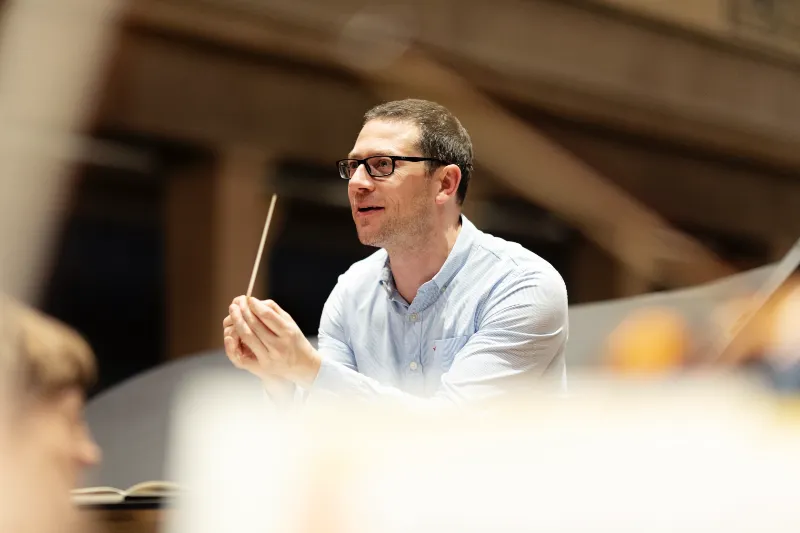
John Wilson (image: ©️ Astrid Ackermann)
The second movement is light on its feet but lacks any real elasticity of pulse – I cannot think of another performance of this movement that uses so little rubato. And most distressing is the passage at 11’29, where we hear the ‘Dies irae’ plainsong and ‘Alleluia’ motif from the composer’s 1915 choral Vespers. Ashkenazy and Petrenko (RLPO/Avie) make it an existential battle in which the Alleluia motif vanquishes the fear of death/eternal punishment represented by the Dies irae. Here there is no real struggle – it is just two themes presented without any spiritual or emotional meaning. And in the final bar Wilson tries a compromise between those who dampen the final tam-tam stroke immediately versus those who let it reverberate by having the tam-tam ring only for a second or two longer after the final chord. It is an unsatisfying compromise, a willful rejection of Rachmaninoff’s score.
Chandos’ engineering is fine but is partly responsible for the lack of weight at climaxes, and the spotlit solos mentioned above. David Fanning’s notes are exemplary, though an additional note from Wilson outlining what is different or new about his edition of the Symphonic Dances would be welcome. This series of recordings does not challenge prime recommendations, which include cycles by Ashkenazy and Litton, and more recently Nézet-Séguin (Philadelphia/DG) and Măcelaru (WDR SO/Linn).
Recommended Comparisons
Ashkenazy | Petrenko | Nézet-Séguin | Litton

Album Details |
|
|---|---|
| Album name | Rachmaninoff – symphony No. 1, Symphonic Dances |
| Label | Chandos |
| Catalogue No. | CHSA5351 |
| Artists | Sinfonia of London, John Wilson |
Included with an Apple Music subscription:
Available on Presto Music
Latest Classical Music Posts

